These 8 Enchanting Perennials Attract Pollinators Year After Year – and Gardeners Love Them Too
Create a vibrant garden filled with easy-going perennials for pollinators that attract bees, butterflies, and hummingbirds, and return stronger every year.
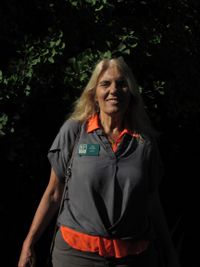

Pollinators – like bees, butterflies, and hummingbirds – are indispensable to the world as we know it. They fertilize plants, and that includes most of the plants we eat. But pollinator populations are in decline, largely due to the use of chemicals in the landscape. It’s time for all of us to step up to assist by providing perennials for pollinators.
Pollinators don’t pollinate out of the goodness of their hearts. Rather, bees, butterflies, and hummingbirds rely on flower pollen – most often that of perennial flowers – as food. Creating a pollinator garden is so important, not just for providing pollen but becase butterflies rely on plant foliage as host plants for their young.
Planting pollinator-friendly plants is one way everyone can help. Whether your backyard is small or spacious, you have room for a few perennials that will help keep pollinators in business. If you aren’t sure which are the best perennials for pollinators, we’ve got you covered. You can’t go wrong by picking from our short list.
Best Perennials for Pollinators
That takes us to the heart of the issue: a list of great plants for pollinators. Note that while annuals provide some sustenance for pollinators like bees, perennial flowers are much more attractive to most pollinators, including butterflies and hummingbirds.
While not every pollinator is going to appreciate every one of these pollinator perennials, you may be surprised at how much overlap there is. And don’t worry about getting ugly ducklings that only an insect could love! The best pollinator perennials are all plants that will delight you in the garden. Don’t forget to match the USDA hardiness zones of plants you are considering buying to that of your region.
1. Aster
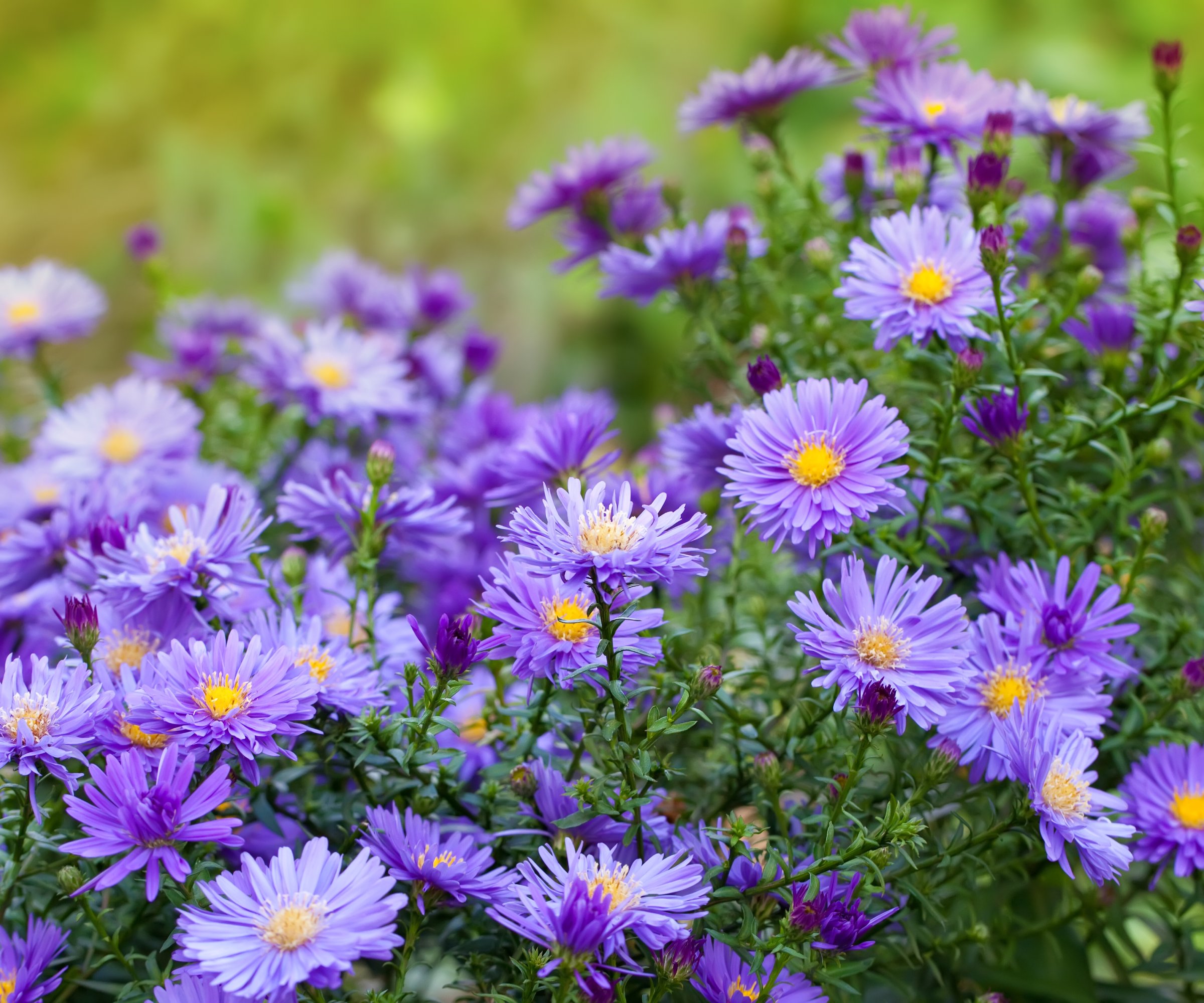
Overflowing with bright purple, blue, pink, or white daisy-like flowers, asters (Symphyotrichum spp.) provide food for bees during late summer and autumn, when many other flowering perennials are finished blooming. These classic garden flowers can grow to 4 feet (1.3m) tall and have a huge hardiness range, thriving in USDA zones 3 to 10.
Pick native aster varieties as perennial plants for pollinators. Raydon's Favorite aster, available from Burpee, is a gorgeous classic variety with lavender flowers. Some butterflies, including endangered monarchs, rely on aster nectar for food during their migration south.
Sign up for the Gardening Know How newsletter today and receive a free copy of our e-book "How to Grow Delicious Tomatoes".
2. Coneflower
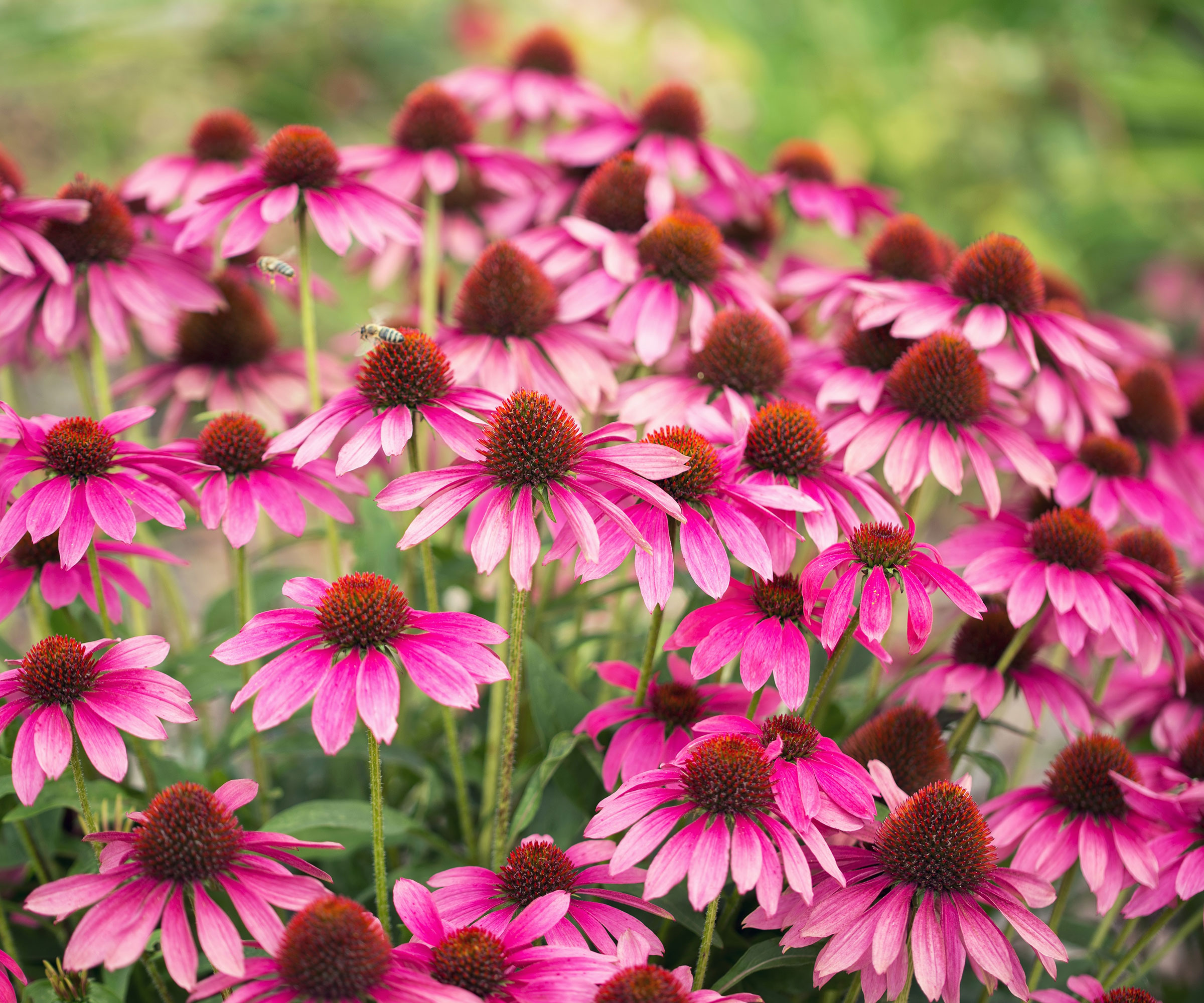
Wildflowers are often the best choice when you are looking for perennials for pollinators – and they require little maintenance. Coneflowers (Echinacea spp.) fit the bill as trouble-free, native wildflowers. They look like big daisies with petals in purple, pink, red, orange, and even green.
The species plant is Echinacea purpurea, with purple flowers and a tufty orange center. It is a favorite because of its long bloom period, self-seeding ways, and is beloved by pollinators for its pollen-rich blooms. It's suitable for USDA zones 3 to 9. If growing from seed, plant between late summer and fall, or early spring. Seed Needs' coneflower seeds, available on Amazon, are good value for money.
Do you have a site in mind that gets so much sun that the soil dries out fast? Coneflowers might be the best choice and are certainly among the most favorite flowers that attract butterflies. In general, butterflies like flowers where they can land easily to get to the nectar, and coneflowers – with their large blooms – offer ample landing pads. They are also highly attractive to hummingbirds.
3. Butterfly Bush
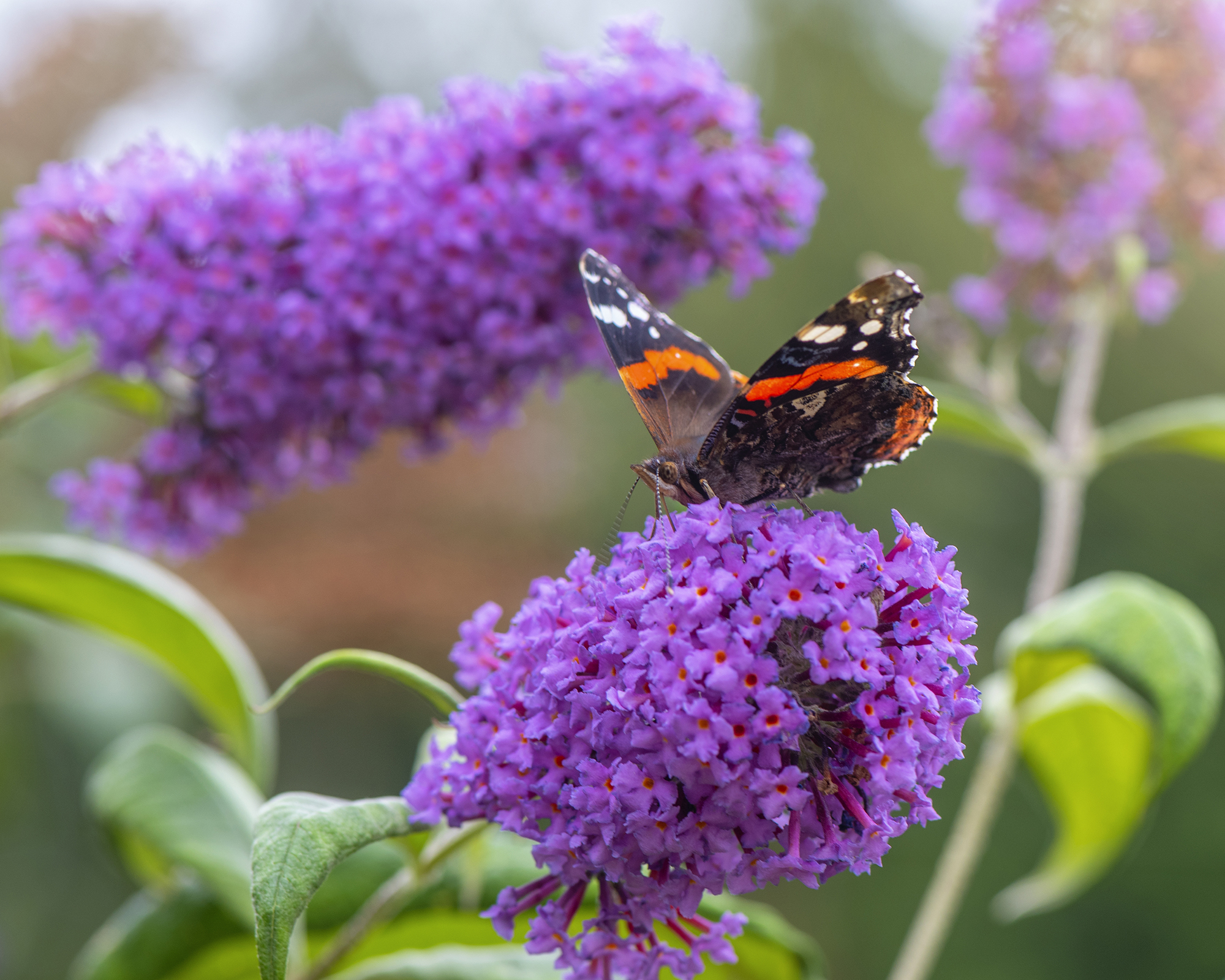
Easy care and lovely, butterfly bush (Buddleia davidii) provides your garden with huge clusters of deep blue flowers without asking for much in return. This small perennial shrub can grow to 12 feet (4m) tall with gracefully arching branches. The blooms are rich in nectar and attract adult butterflies, but they don’t play any role in hosting the larvae of butterfly caterpillars.
Butterfly bush grows best in a full sun location in USDA hardiness zones 5 to 9. In colder climates, it dies back in winter and regrows the following spring.
Black Knight butterfly bush, available at FastGrowingTrees, is a deep purple variety with an extended bloom time. Its mature height and width are 4 to 6 feet (1.2 to 1.8m). However, if you're tight on space, then Butterfly Candy Li'l Grape butterfly bush is a compact variety that's perfect for containers with a height and width of 2 to 3 feet (60 to 90cm).
4. Catmint
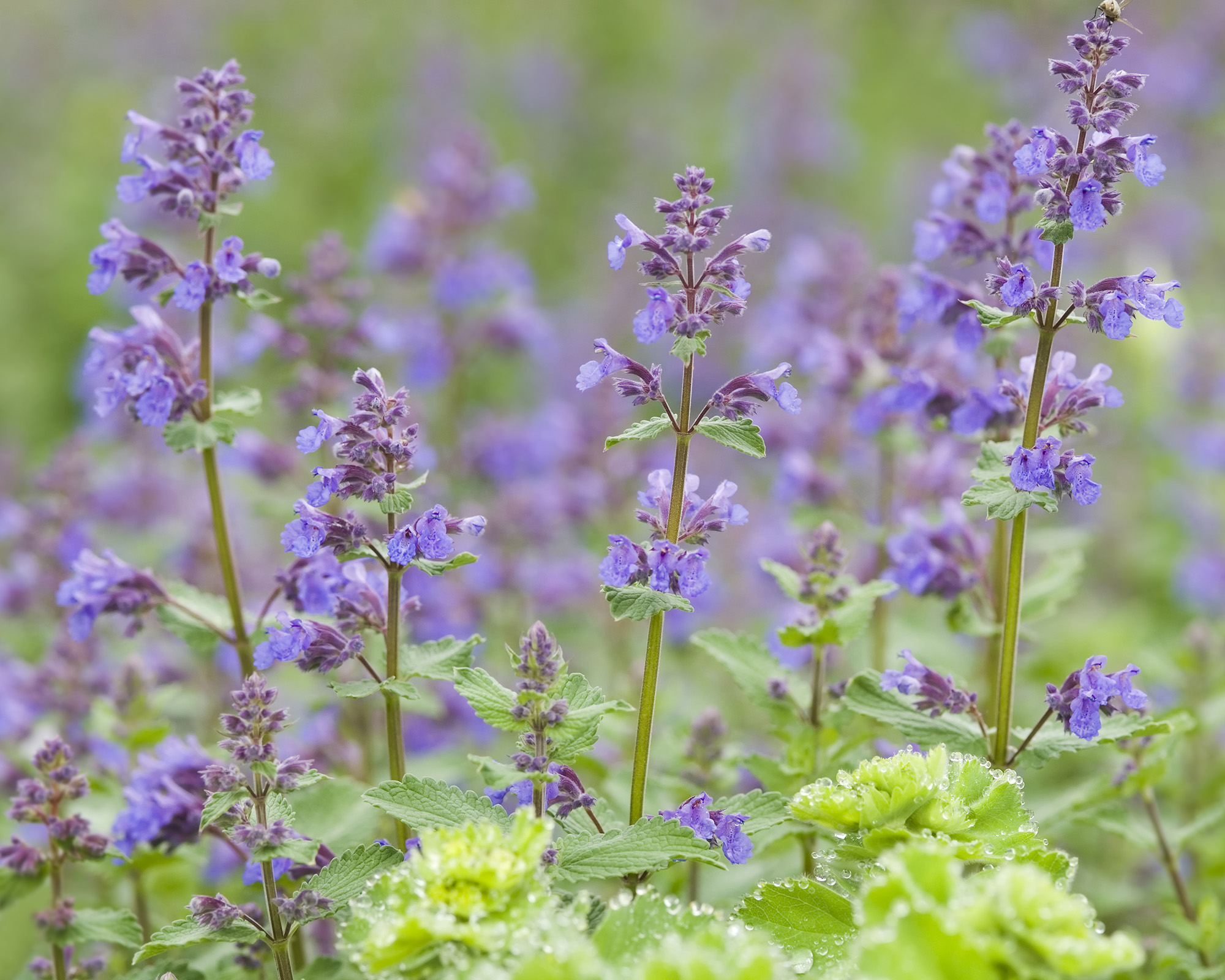
Catmint (Nepeta spp.) is an easy-to-grow perennial that has billowing foliage and spikes of lavender blue or pink flowers. Gray-green, lacy leaves and flowers burst forth in summer and bloom and rebloom through the growing season. Catmint thrives in USDA zones 4 to 8 and, given a sunny location and well-draining soil, grows fast up to 2 feet (60cm) tall. It is said to thrive on neglect. The blooms are small and tubular and beloved by pollinators, including bees, butterflies, and hummingbirds.
Proven Winners' 'Cat's Meow' catmint, available at Walmart, is a stunning choice with a more refined growth habit than other varieties.
5. Coral Bells
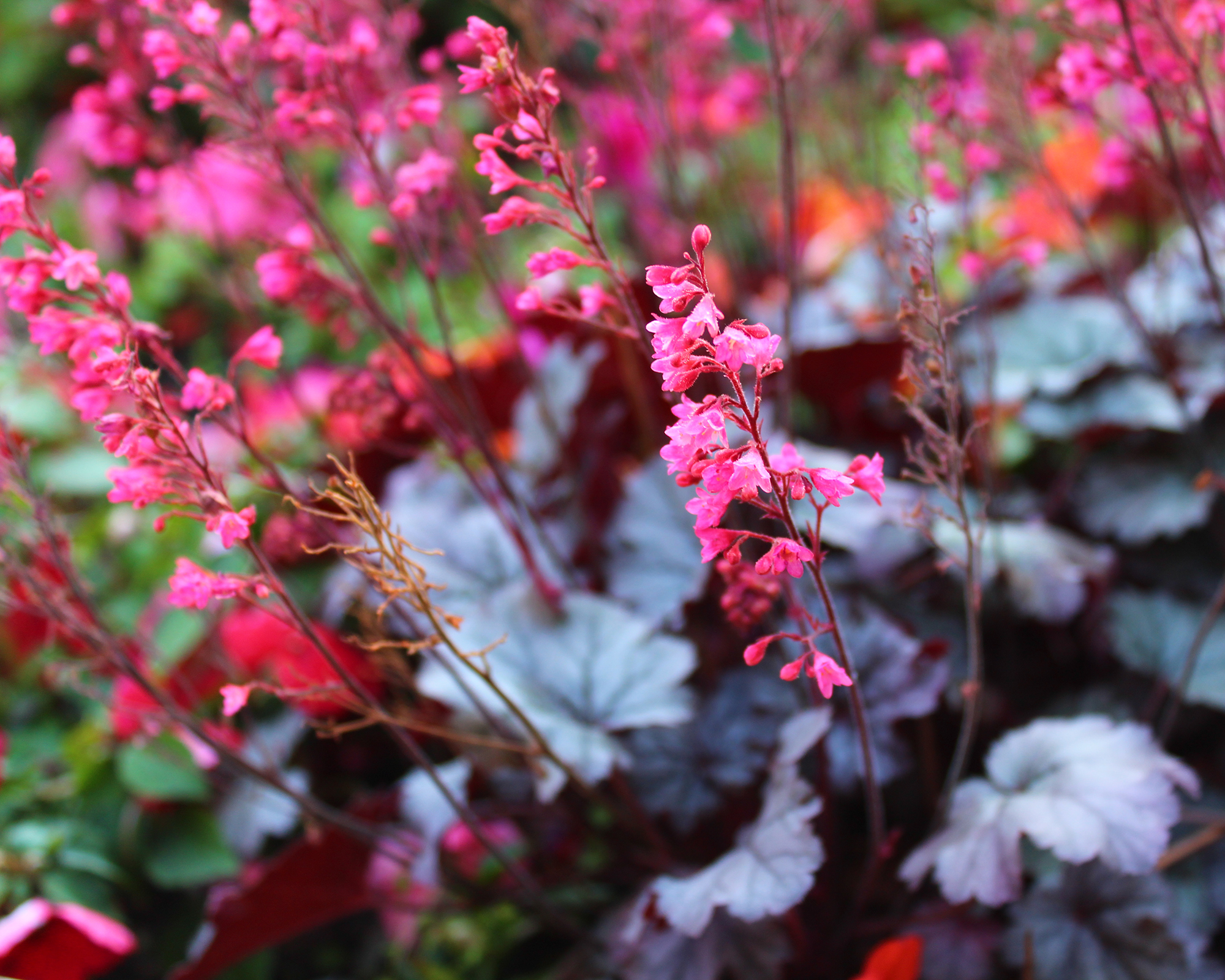
There are several Heuchera species called “coral bells,” and, included in these are hundreds of different varieties. Coral bells is a well-loved perennial, generally hardy in USDA zones 4 to 9, usually grown as a mounding foliage plant to some 2 feet (60cm) tall. The species plant has green leaves, but different cultivars have red or chocolate, or purple foliage. The early-spring blooms are shaped like small bells and appear in spring on tall stems.
These native North American wildflowers are rich in nectar. That nectar brings hummingbirds and butterflies to your garden. The plants grow relatively slowly, which makes them a good option for containers.
Pollinators particularly love tall varieties of coral bells, such as Heuchera 'Paris', available at Burpee.
6. Foxglove

Foxglove (Penstemon spp.) grows wild on my mountain in France, producing tall stunning spikes of tubular blooms. The stalks get to 5 feet (1.6m) tall and are lined with the funnel-shaped flowers. Those in my area are purple on the outside with white “freckles” on the inside, but some can be white or pink. They have a light and pleasant fragrance but are very toxic for both people and pets – from the flowers to the stems to the seeds.
Which pollinators come to foxgloves? You might think that hummers would be the top pollinator of foxglove – given the flower shape – but in fact, foxgloves are largely known as short-lived perennials for bees. They are an important source of pollen for bumble bees, especially long-tongued bees such as the common carder bee.
Foxgloves are very easy to grow from seed in USDA zones 4 to 8. The seeds are best sown in late summer or early autumn, or in spring indoors. Sweet Yards' Foxglove Mixed Colors Collection, available at Amazon, will keep your garden full for years to come.
7. Lupine
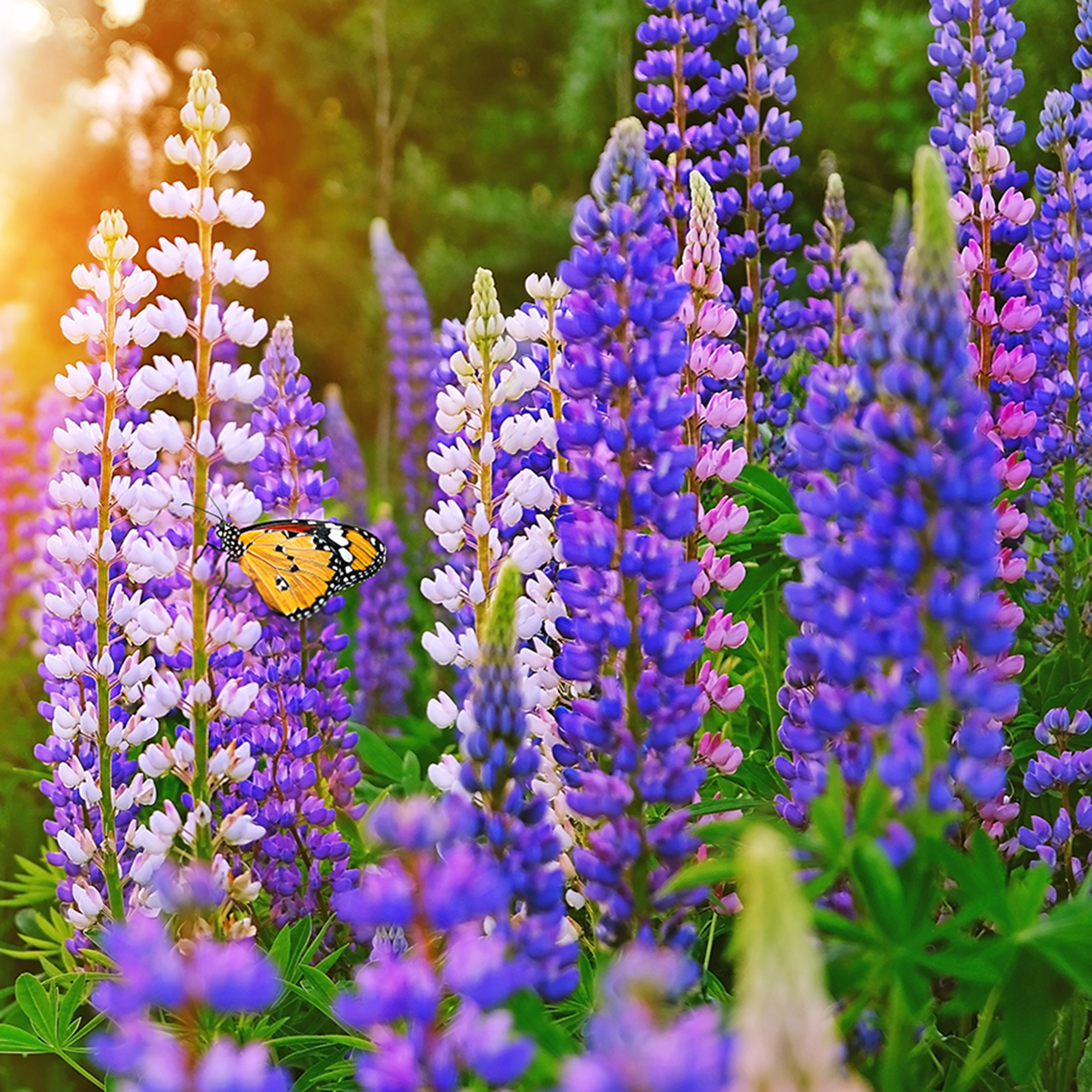
Lupine – aka lupin (Lupinus spp.) – is a fast-growing legume in the pea family. But it could pass for a wildflower with its showy spikes of colorful blooms – most often purple but sometimes white, pink, red, yellow, or blue. Blooms continue from spring through midsummer and attract both bees and butterflies.
But be a little careful! The plants are toxic to both humans and animals. And they can easily escape cultivation and can bully out native flowers. They grow in USDA zones 4 to 8.
If conditions are right, lupines can be sown any time from February to September. These best-selling Russell Lupine Seeds from Eden Brothers contain a beautiful rainbow of vibrant colors.
8. Common Milkweed
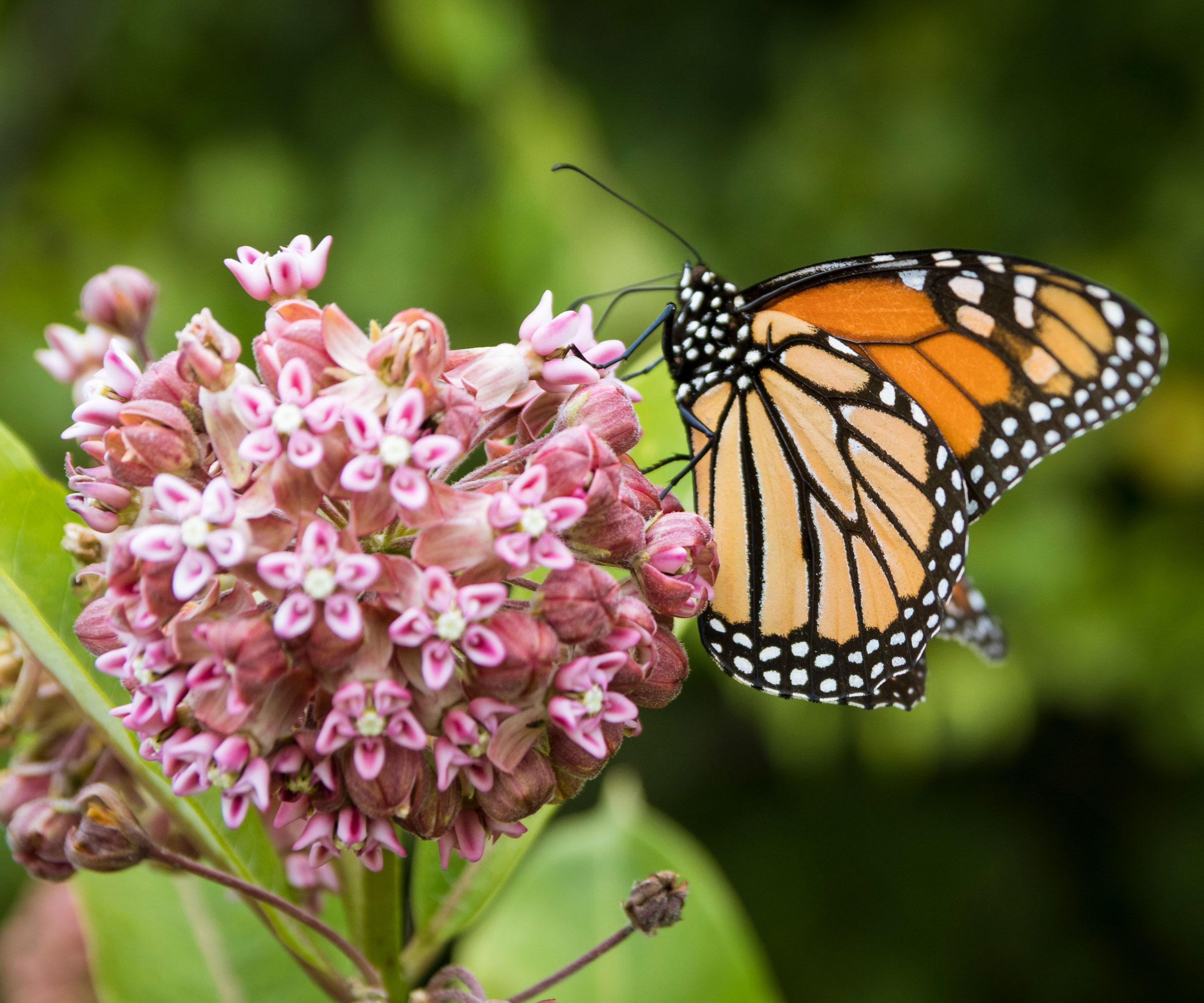
Is milkweed (Asclepias syriaca) the ultimate perennial for butterflies? Probably so. Common milkweed is native to North America and is central to the life cycle of the monarch butterfly. In fact, Asclepias is the only host plant for monarch butterfly egg-laying. Both the monarch larvae and the monarch caterpillars eat milkweed leaves and nothing but milkweed leaves. Milkweed also provides food for the swallowtail butterfly caterpillar.
Milkweed has bright, showy flowers that appear in clusters in a variety of colors. Note that there is not just one native species of milkweed that grows in the United States, but over 100 species. Most thrive in USDA zones 3 to 9. Look out if you have livestock or young kids: the foliage and flowers are toxic to people and animals.
Survival Garden Seeds' Milkweed Seed Collection, available at Walmart, contains three varieties to nurture pollinators. The seeds are best sown in the fall to allow for natural cold stratification.
Tips for Growing Perennials for Pollinators
- Select perennials that will thrive in your hardiness zone.
- Choose native plants whenever possible. They offer abundant nectar while requiring much less water, fertilizer, and human care.
- Every pollinator needs water! Add a water source in the garden to keep your pollinators from getting too thirsty. Bee Cups, available in the Gardening Know How Shop, are gorgeous ceramic pollinator water stations designed to keep them safe while they drink.
- Don’t make your garden too tidy. Things like piles of brush, dead standing trees and wild grasses can offer nesting and overwintering habitat for bees and butterflies.
- Learn about integrated pest management to reduce pesticide use in the garden. The idea is to start with options that will not harm nature rather than toxins.
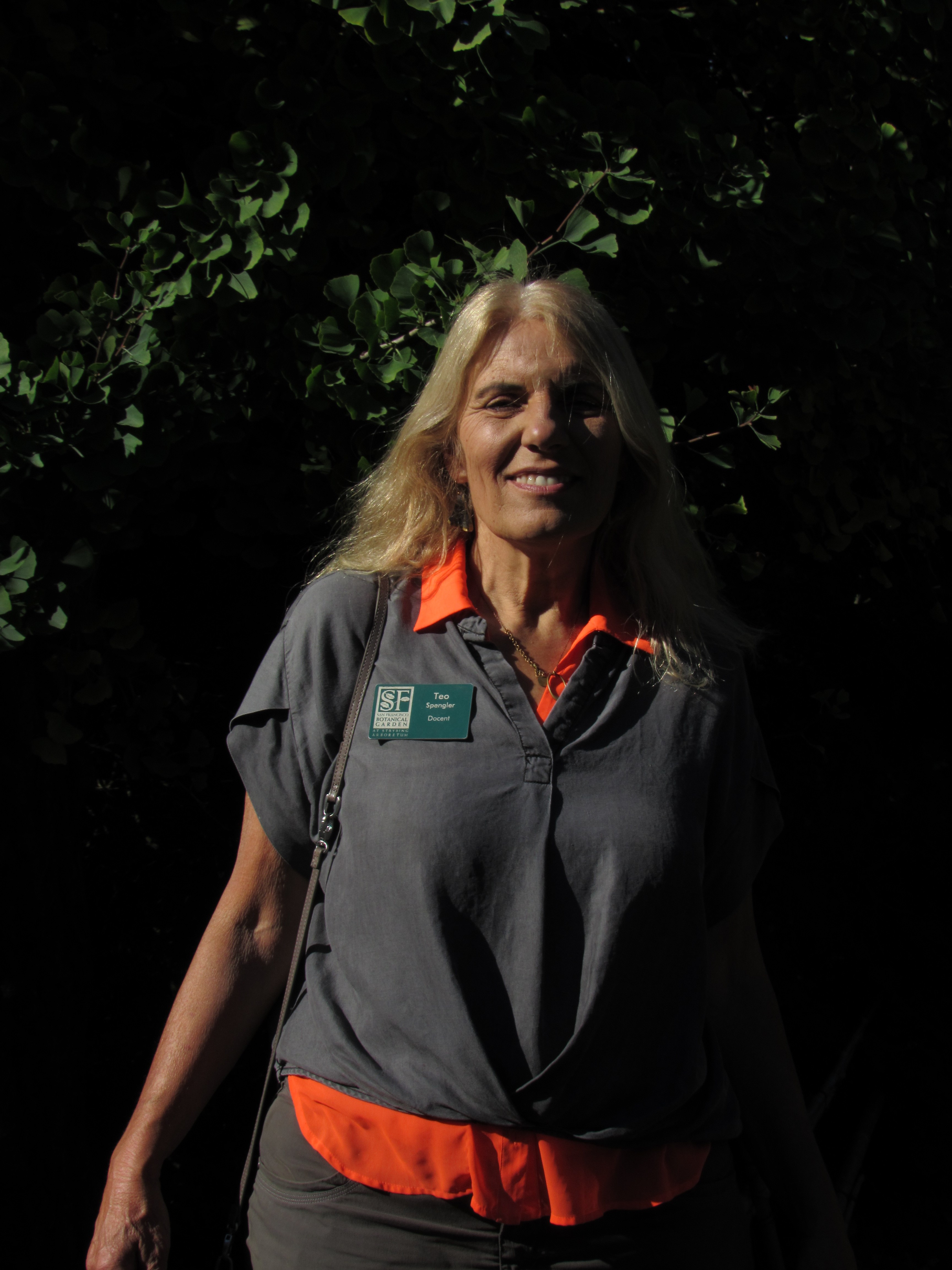
Teo Spengler is a master gardener and a docent at the San Francisco Botanical Garden, where she hosts public tours. She has studied horticulture and written about nature, trees, plants, and gardening for more than two decades, following a career as an attorney and legal writer. Her extended family includes some 30 houseplants and hundreds of outdoor plants, including 250 trees, which are her main passion. Spengler currently splits her life between San Francisco and the French Basque Country, though she was raised in Alaska, giving her experience of gardening in a range of climates.